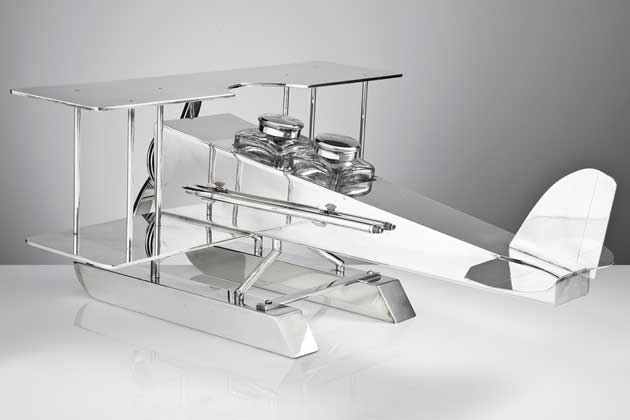Expert view: Lose fat, get fit and feel better
Personal trainer Gary Renney sets out the foundation for making fitness an integral part of day-to-day life
Looking in the mirror, the average chap may suck in his cheeks, tuck in his chin, square his shoulders, straighten his back and pull in a paunch almost unconsciously, so that before him stands a fine figure of a fellow. But his tailor, with his tape measure, will be privy to the naked truth: that slouching over a hot desk, partaking of rich business lunches, and a lack of exercise have had their effects.
Harsh diets, even harsher gym regimes, and half an hour’s desultory exercise in the morning may help a bit to shift the flab and tauten the muscles. But it is only a coordinated programme of sensible diet, gym and targeted exercises that can bring and retain the changes a man may desire.
An individual’s body weight will have increased steadily over a period of time before he decides to do something about it. Then, there is no rapid remedy. If you take into account the time it took to gain that weight, it means that getting rid of it can only be achieved over time.
So, whether you are considering buying a new suit or trying to get back into an old favourite, achieving the shape you desire means following a set of three simple disciplines.
Food
Aim to increase your protein intake to 30-40 per cent of each meal, concentrating upon clean protein such as chicken, fish and eggs, which will keep you fuller for longer, decreasing the likelihood of the dreaded snacking. Contrary to popular opinion, we don’t wish to cut out fats and carbohydrates as they are essential; carefully choosing your sources and controlling portion size is the key.
Carbohydrates from organic sources such as vegetables and grains are a fantastic source of fuel; due to their structural complexity they have slower breakdown rates than refined sources such as white rice, bread and pasta. Fats help to maintain a healthy cardiovascular system and play an important role in meal satiety.
Good fat sources such as avocado and nuts (monounsaturated) as well as those from fatty fish and seeds (polyunsaturated) are perfectly healthy. Saturated fat sources like fatty meats and whole fat dairy products should provide less than 10% of a day’s calories.
Finally, avoid trans fats; these fats have been modified to increase product shelf life resulting in a fat the body doesn’t recognise, cannot metabolise. Sources include baked goods, snack foods and margarine. The FDA recommends trans fat consumption should be as low as possible, so look out for hydrogenated oils on food labels. The correct blend of carbohydrates, fats and proteins will provide a sustained energy release, stopping blood sugar levels getting too high and causing unnecessary energy (FAT) storage.
Exercise
 A common misconception is that crunches will reduce abdominal fat. Site-specific fat loss is in fact a myth. Weight loss can be achieved by playing a simple game of energy balance; using more calories than you are consuming, creating an energy deficit.
A common misconception is that crunches will reduce abdominal fat. Site-specific fat loss is in fact a myth. Weight loss can be achieved by playing a simple game of energy balance; using more calories than you are consuming, creating an energy deficit.
Quite simply, each muscle can be considered as an engine, and the fuel for these engines comes primarily from fats and carbohydrates. The most time effective way to create an energy deficit is to select compound exercises that use the larger groups of muscles, in particular legs, core, back and chest.
Subcutaneous adipose stores (which is the fat stored under the skin) serves as an energy reservoir. When an energy deficit is created, fat is mobilised from the store as a whole, to provide energy for the body. Therefore, abdominal crunches and bicep curls will not significantly reduce body fat, as the muscle groups involved are too small.
Rowing, on the other hand, is aerobically one of the most demanding activities as it engages all of the lower body musculature in conjunction with the upper body pulling muscles (back and biceps). After approximately 12-15 minutes of such activity, the body begins to metabolise fat to fuel the effort.
Consistency
‘Consistency is key’ is a phrase all too familiar to my clients. It is what I stress must be the basis for any weight loss and fitness regime. Going on a crash diet and training a few times will not provide long term improvements. Remembering how long it took to gain weight, subtle lifestyle changes are required that can be sustained, encompassing food and exercise.
If you are struggling to exercise consistently try to exercise on the same days each week, consider getting a training partner, and vary the exercises in your routine. The World Health Organisation suggests 30 minutes a day of MODERATE intensity exercise, and paired with a sensible dietary intervention, that should give a weight loss of 2lbs per week.
These are the three essential considerations when embarking upon a programme aimed at achieving weight loss and developing physical fitness. Forget the fashionable diets, the sporadic crash sessions at the gym. A sustained regime is what will give long-term results, so take responsibility for your fitness goals and slowly embrace some lifest
Personal trainer Gary Renney sets out the



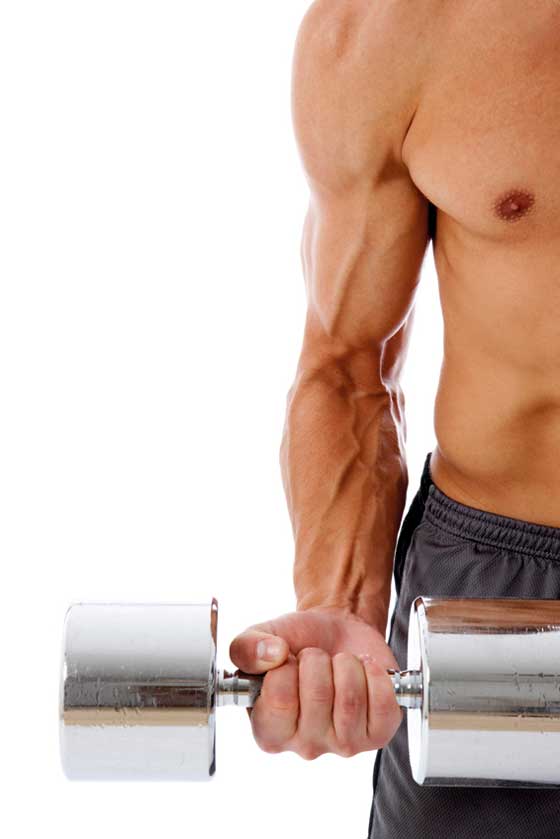
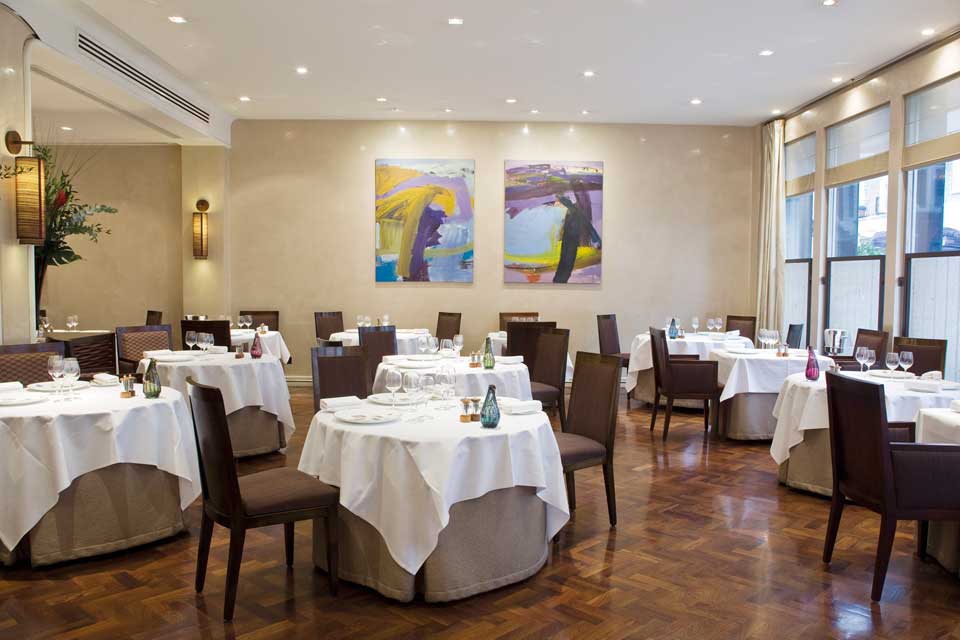
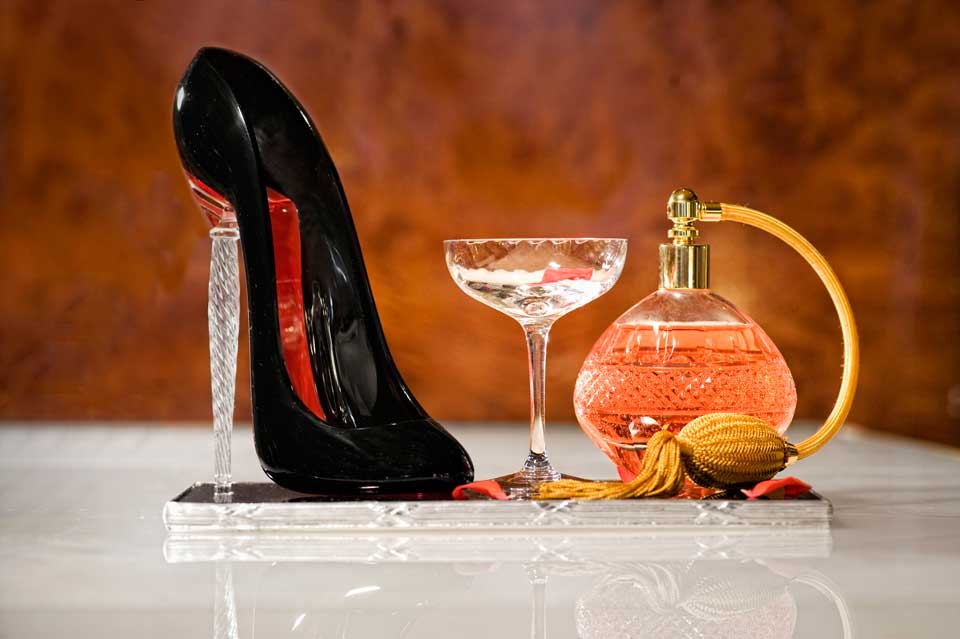
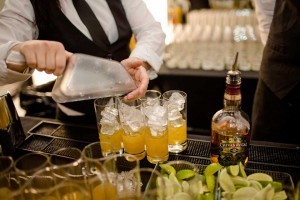 Any analysis of cocktail choices could, would, should not be complete without the appearance of a Bloody Mary. For many, a restorative pick me up. For others, a soup in a glass, the classic Bloody Mary does not exist – unless of course you are in a pub and being asked – “How spicy?” as the limp demi lemon slice slides in apologetically and the Tabasco sauce bottle is proffered.
Any analysis of cocktail choices could, would, should not be complete without the appearance of a Bloody Mary. For many, a restorative pick me up. For others, a soup in a glass, the classic Bloody Mary does not exist – unless of course you are in a pub and being asked – “How spicy?” as the limp demi lemon slice slides in apologetically and the Tabasco sauce bottle is proffered.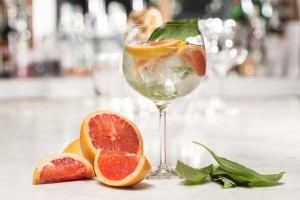 If you like the idea of experimentation, the Experimental Cocktail Club, sprawled over three floors of a townhouse in the heart of old Chinatown, is more than fit for purpose as a purveyor of unusual cocktails – perfect for a pre-theatre tipple or post-opera drench. But such is the demand for evening libations here that booking is more than strongly recommended. (13a, Gerrard St., W1 020 7434 3559).
If you like the idea of experimentation, the Experimental Cocktail Club, sprawled over three floors of a townhouse in the heart of old Chinatown, is more than fit for purpose as a purveyor of unusual cocktails – perfect for a pre-theatre tipple or post-opera drench. But such is the demand for evening libations here that booking is more than strongly recommended. (13a, Gerrard St., W1 020 7434 3559).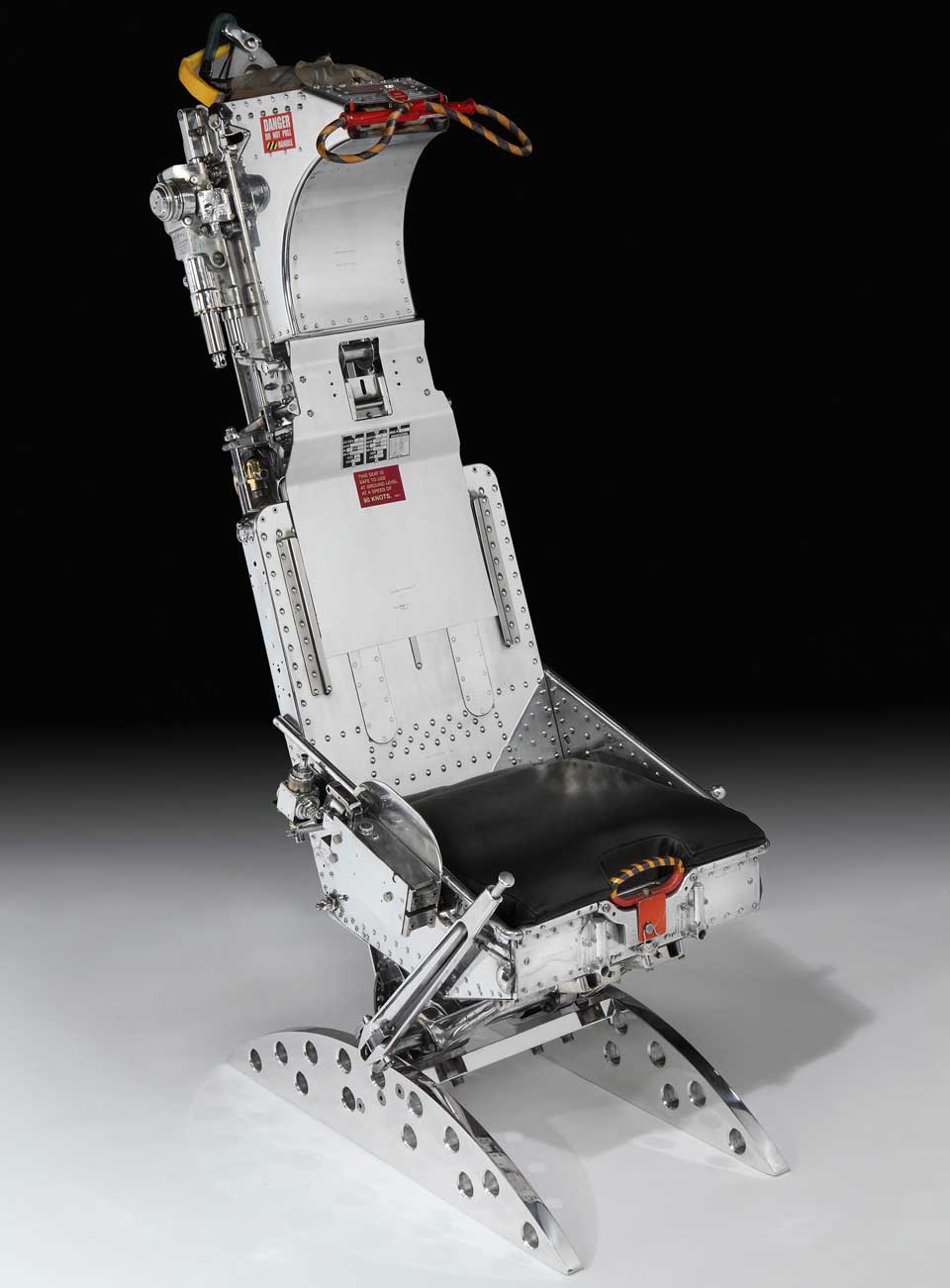
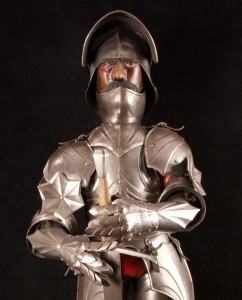 Arms and Armour have a huge tactile quality. To enjoy them hung or displayed on a wall, or worse behind glass, is to miss so much of the pleasure in them. Handling the item, its feel and weight and balance, is as much an experience as any visual pleasure. Like a good suit, armour is enjoyed as much for its aesthetic appeal as for anything else.
Arms and Armour have a huge tactile quality. To enjoy them hung or displayed on a wall, or worse behind glass, is to miss so much of the pleasure in them. Handling the item, its feel and weight and balance, is as much an experience as any visual pleasure. Like a good suit, armour is enjoyed as much for its aesthetic appeal as for anything else.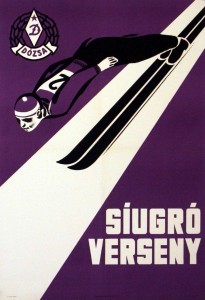 Ski posters, like many advertising posters, were originally produced to entice holidaymakers and winter thrill-seekers to resorts and alpine areas. The early to mid-century skiing posters were often designed by notable artists of the time and are colourful, dynamic, glamorous, nostalgic and stylish, sometimes also fun and quirky.
Ski posters, like many advertising posters, were originally produced to entice holidaymakers and winter thrill-seekers to resorts and alpine areas. The early to mid-century skiing posters were often designed by notable artists of the time and are colourful, dynamic, glamorous, nostalgic and stylish, sometimes also fun and quirky.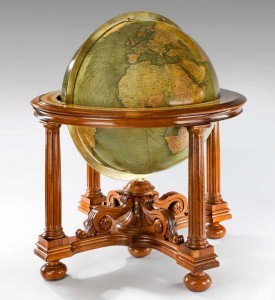 Maps appeal for their historical importance. It is interesting to observe how the layout of the continents and countries has changed over time. In general, collectors look for the earliest printed maps of a particular area, and then concentrate their collection on these early examples, or they collect maps of a certain place through the ages – enjoying the stages of development. For some, finding an unrecorded state of a map turns into a lifelong quest. Others concentrate on a cartographer, trying to accumulate a complete collection of maps in all different stages.
Maps appeal for their historical importance. It is interesting to observe how the layout of the continents and countries has changed over time. In general, collectors look for the earliest printed maps of a particular area, and then concentrate their collection on these early examples, or they collect maps of a certain place through the ages – enjoying the stages of development. For some, finding an unrecorded state of a map turns into a lifelong quest. Others concentrate on a cartographer, trying to accumulate a complete collection of maps in all different stages.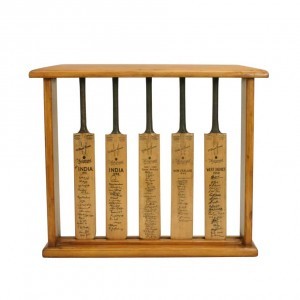 Of particular appeal are the vintage sports paraphernalia that bear the name of great sportsmen of the past who endorsed the equipment they used and helped to develop it. Buyers like the fact that you can actually still use a great deal of sports equipment like croquet sets, billiard tables, football tables and amazing vintage and classic cars, and motor bikes. Some equipment is still used by traditionalist and enthusiasts professionally, such as the split cane fishing rods or the 1920s hickory gold clubs at the English, Welsh and Scottish Hickory Golf Championships.
Of particular appeal are the vintage sports paraphernalia that bear the name of great sportsmen of the past who endorsed the equipment they used and helped to develop it. Buyers like the fact that you can actually still use a great deal of sports equipment like croquet sets, billiard tables, football tables and amazing vintage and classic cars, and motor bikes. Some equipment is still used by traditionalist and enthusiasts professionally, such as the split cane fishing rods or the 1920s hickory gold clubs at the English, Welsh and Scottish Hickory Golf Championships.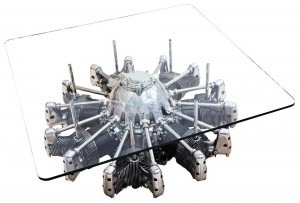 However, they are not standard pieces of furniture, and have the added ‘surprise’ function of folding or dissembling for ease of travel, and out of this practical necessity often ingenious design was born. It might be a portable shower that packs into a box, or an oak briefcase that turns into a table.
However, they are not standard pieces of furniture, and have the added ‘surprise’ function of folding or dissembling for ease of travel, and out of this practical necessity often ingenious design was born. It might be a portable shower that packs into a box, or an oak briefcase that turns into a table.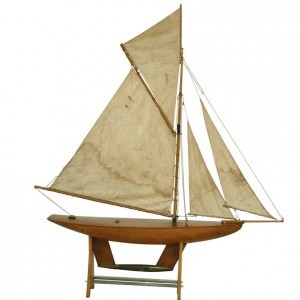 Over the last decade, aviation pieces have become increasingly popular, especially with men. People are drawn to the aesthetics: their sculptural forms and good design. There is an adage in the flying world that says: if it looks good it will fly well. The pieces are made to the highest standards, in order to pass rigorous security tests, with high-grade materials such as titanium, rare alloys and hard laminated wood.
Over the last decade, aviation pieces have become increasingly popular, especially with men. People are drawn to the aesthetics: their sculptural forms and good design. There is an adage in the flying world that says: if it looks good it will fly well. The pieces are made to the highest standards, in order to pass rigorous security tests, with high-grade materials such as titanium, rare alloys and hard laminated wood.